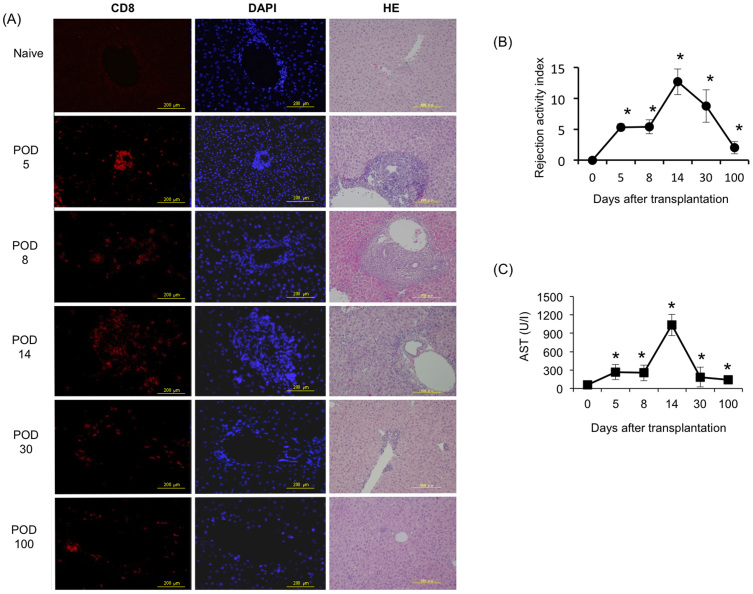Figure 1. Analysis of pathological cytotoxic T lymphocyte (CTL) infiltration and a function assessment in the mouse hepatic allograft model.
BR livers were transplanted into D2 mice. The pathological lesions were monitored on days 0, 5, 8, 14, 30 and 100 posttransplant. (A) CD8+ CTLs infiltration was dramatically increased in the grafts. HE staining revealed extensive hemorrhaging and/or parenchymal necrosis on days 5, 8 and 14. (POD = post-operative day; Scale bars represent 200 μm). (B) The severity was graded according to the Banff liver rejection criteria. (C) The AST level was significantly elevated on days 5 and 8 after hepatic transplantation and peaked on day 14 posttransplant. The AST level was then obviously and quickly downregulated on days 30 and 100 posttransplant. All experiments, data were analyzed of three mice per each time point and expressed as the mean ± standard deviation (SD), except for the levels of AST in day30, which reflect the average values from two mice. *p < 0.05 compared with day 0.

